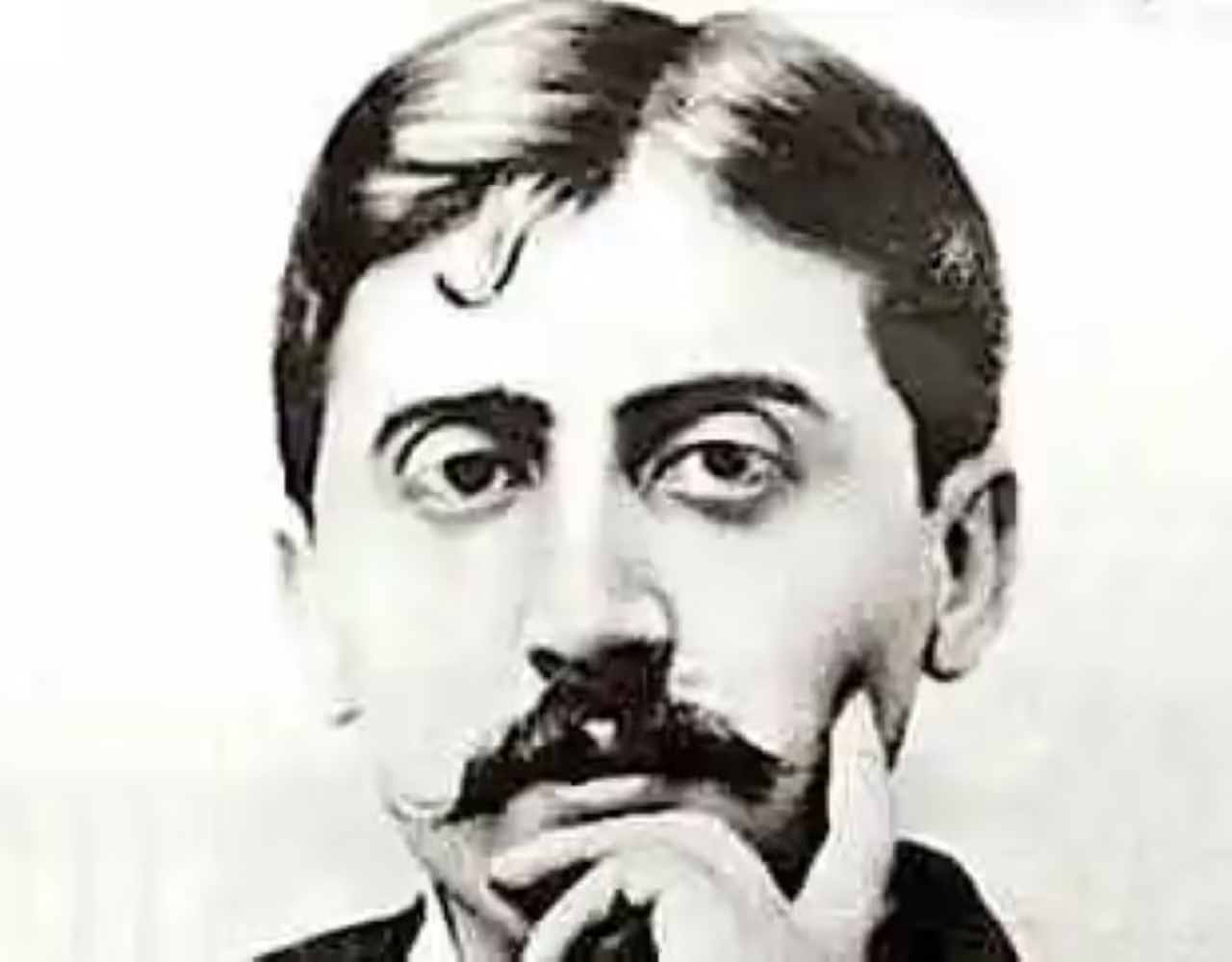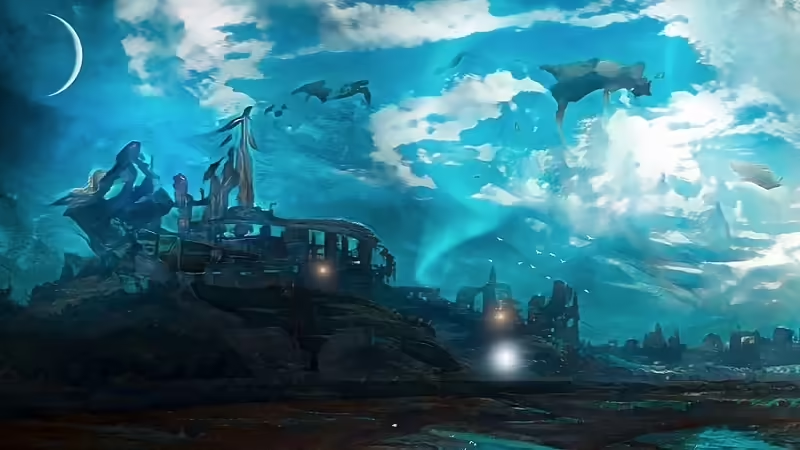Perhaps one of the most important works of French and universal literature, which emerged during the 20th century, (À la recherche du temps perdu, for its original title in French), born from the famous writer Marcel Proust, which was written over fourteen years, between 1908 and 1922, in a total of seven different books, which were published by him between 1913 and 1927.
About the edition
As for the publishers that participated in the publication of this extensive literary work, whose last two volumes were even published posthumously, the specialized texts point out as a curiosity that it was Proust himself in charge of financing the first book of this work,which bears the title Por el camino de Swann, and which finally came to light in 1913, thanks to the printing of the Grasset publishing house, paid for by its own author, after having been rejected by several publishers.
However, in this case, the story once again showed that publishers do not always have the keen sense of smell to identify what will be a literary success,since soon After Swann’s Path became a work acclaimed by readers, which earned it its almost immediate republication. As a result, when Proust wanted to publish the second book of this work, entitled In the Shadows of the Flowering Girls, Gallimard willingly participated in the processes and also published the following books.
On their significance
Basically, En busca del tiempo perdido basically deals with the memory exercise of a Parisian boy, of high class, who has the dream of becoming a writer, and yet at some point lets himself be dragged by the luxuries of the Parisian aristocracy, which is a valuable window to see how was the high society of France before the First World War.
Later on, this young man was forced to confine himself to his home because of the war, at which time he began to reflect on some of the most universal themes of the human condition, such as love, war or illness. Likewise, the existence of homosexuality is another of the themes on which this young man lets his thoughts fall.
However, regardless of whether his themes or the perspective from which they are treated, what is really valuable in Proust’s work, In Search of Lost Time, is that of becoming the work that originates the literary tradition of the twentieth century, where the landscape disappears and the nineteenth-century narrative, to give way to the novel whose background is the human mind and soul. This is how this work is also inserted in the current of the post-war novel, where man discovers himself alone before a world that more than answers, makes him ask himself hundreds of questions, which put in check the very notion of his existence.
By the same token, En busca del tiempo perdido is also a pioneer in dispensing with the role of the literary character in order to begin to reveal the person, with a physical dimension, but above all psychological, since the physical actions of the protagonists no longer matter, but the mental and emotional world they have, how their thoughts are born and flow towards certain themes.
Consequently, In Search of Lost Time is considered a crucial point in the birth of 20th century French Literature, as well as Western Literature, which emerged after the First World War, as well as after the German philosopher Friedrich Nietzsche proclaimed at the end of the previous century that God had died.
Summary of In Search of Lost Time
As for its content, perhaps the best way to summarize Marcel Proust’s In Search of Lost Time is to briefly review each of the topics addressed by its author in each of the seven books that constitute one of the most valuable and celebrated works of modern literature.
In this way, it can be said that the exercise of remembrance and reflection to which the young Parisian of high class, with the aspirations of a writer, spoken of in this work of Proust, gives himself, follows his reflective path, touching on the following themes in each of the books:
On the road to Swann (1913)
Du côté de chez Swann, because of its original French title, is the first book of the work In Search of Lost Time. It was published in 1913 by Grasset in a publication paid for by Proust himself. Seven years later, in 1919, it would be republished by Gallimard. In its pages, one can find basically two great themes.
In the first part, one can see how the protagonist of the work, who also acts as a narrator, devotes himself to an exercise in memory, where he wanders through the corridors of his memories, trying to reconstruct with deep nostalgia the way he spent his childhood, on all the trips he made when he was a child to the countryside, in the summer season.
This exercise also reminds him of Charles Swann, a friend of his family, who lived the adventure of falling in love with a woman, who unfortunately doesn´t belong to his social circle, which makes him have to face prejudices and obstacles in order to approach the object of his love and desire.
In the shadow of the girls in bloom (1919)
Secondly, you will find In the shadow of girls in bloom (À l’ombre des jeunes filles en fleurs, in French). This book was published in 1919, seven years after the first, thanks to the work of the Gallimard publishing house,which this time did bet on the work of Proust, and even that same year was given the task of re-editing Por el camino de Swann.
With regard to its specific content, this book can be assumed more as a work of initiation. Already the protagonist has left behind the memories of his childhood, to focus on his adolescence. This is how he will refer to some of the most important moments of his life during this stage, such as the brief romance he will have with Charles Swann’s daughter, Gilberte, as well as the episode that will lead him to meet Baron Charlus, as well as Robert de Saint-Loup, people who will be of great importance in the life of this young man, and whose significance will be revealed later in the following books.
The World of Gloves (1921 and 1922)
Originally published in French as Le Côté de Guermantes, this book, the third in the work In Search of Lost Time, was first published by Gallimard, who decided to bring it to light in two different volumes, the first of which was printed in 1921, and the second, a year later, in 1922, the year in which its author also died.
In reference to the subject dealt with in this book, we can basically say that it is the story of its protagonist, a little older, but still a young Parisian upper class, who feels much curiosity and desiree accepted by one of the most important and aristocratic families of French society at the time: the Guer to bmantes.
However, despite his position, his wish is not fulfilled at first, but this young man feels the rejection of this important family. However, towards the end of the book he is finally invited by the Guermantes to a gala party, where he will be able to share with them, and see fulfilled if he wishes. Although it may seem like a frivolous subject, Proust actually offers an important window that will allow you to appreciate the Parisian high society of the early twentieth century, in terms of its luxuries, behaviors and forms of relationship.
Sodom and Gomorrah (1922 – 1923)
With the French title Sodome et Gomorrhe, this book was published for the first time by Gallimard, which also decided to publish it in two volumes: the first came out in 1922, and the second in 1923.
This is the fourth book of In Search of Lost Time, Proust deals openly with the subject of the existence of Homosexuality. In this way, the young protagonist of this work is given the task of referring to several lesbian relationships, led by some women around him.
Also, the young man stops to narrate on the homosexual relations that will sustain his friend, the baron of Charlus with some young people. In fact, some critics are of the opinion that it is this subject that inspires its author to title his work in this way, in reference to biblical cities, destroyed by God, due to the level of perversion that had reached their inhabitants.
The Prisoner (1925)
First published in 1925 under the original title La prisonnière,this book presents a narrator far greater than the youthful voice that encompasses the history of Swann’s Path. Thus, in The Prisoner, the protagonist has married a girl named Albertine.
However, what should be the happiest days of his life actually become a torture for both of them, as this young man ends up obsessing over the possibility of his recent wife betraying him. It is for this reason that, as a way of preventing himself from his greatest fear, he decides to completely control the acts and decisions of his consort. The pressure he places on his wife is such that she ends up abandoning him because she can no longer bear to be his prisoner.
The fugitive (1927)
Published posthumously in 1927, The Fugitive (which has the original French title Albertine disparue so it has also been published as Albertine desaparecida) recounts all the efforts of the protagonist of the work to recover who is his first wife, and who has decided to move away from him, in response to all the pressure and control he has placed on her, and which is narrated in detail in the previous book, The Prisoner.
However, the great fear of infidelity that leads this young man to oppress and control his beloved Albertine ends up materializing,when as the protagonist approaches his wife’s life he discovers how she has had lesbian relationships with other girls in her social circle. Consequently, the subject of homosexuality, dealt with in the fourth book Sodom and Gomorrah.
Even his fear of losing it becomes a reality when Albertine dies in an accident. Towards the end of the story, the surprised and sad protagonist meets again Gilberte, daughter of Charles Swann, of whom it has been spoken in the first book of this work.
Time remembered (1927)
Published in French as Le temps retrouvé, in 1927, five years after the death of its author, Time Recovered stands as the last book of In Search of Lost Time. In this seventh book, Proust reintroduces its protagonist, who is no longer an inexperienced young man, but a man, who tries to make sense of his present, seeing how the moments of his past have led him to his present.
In this way, with his ever-present desire to write, he begins an exercise in memory that leads him through the alleys of his existence in order to give coherence to his story. This is how Proust literally justifies the existence of each of the books: a man trying to unite the loose ends of his existence, through memory and writing.
Image: portrait of Marcel Proust, author of In Search of Lost Time / Source: wikipedia.org








